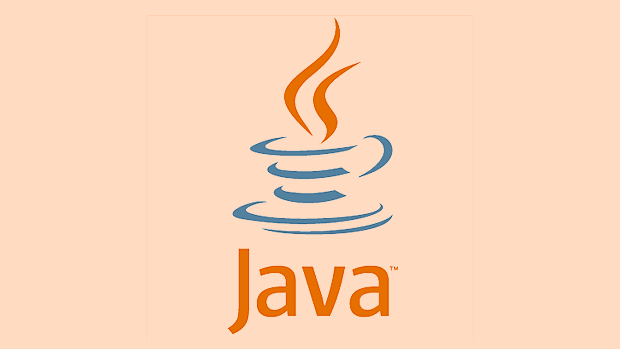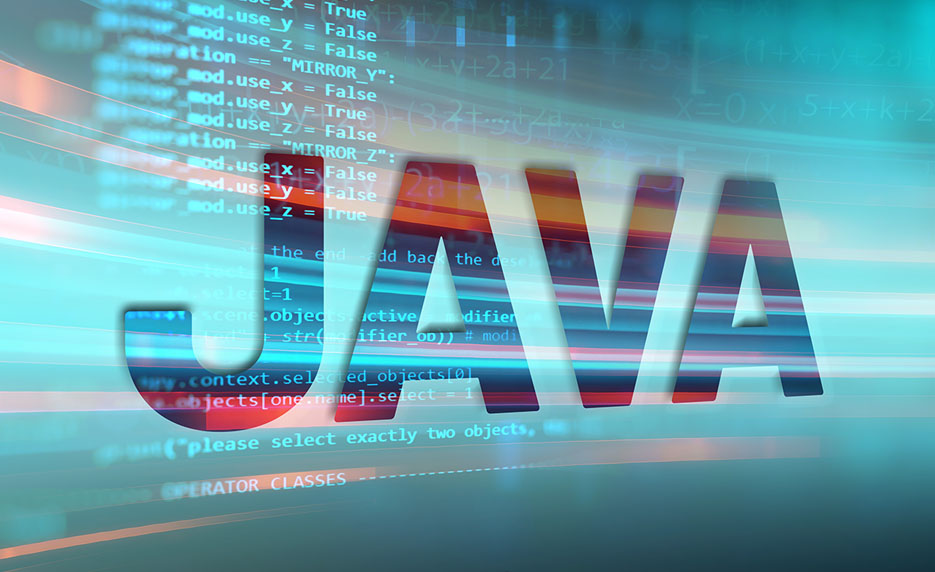Java memory leak refers to the object no longer used but cannot be recycled by GC, resulting in invalid memory usage. Common types include long-lifetime objects holding short-lifetime objects, listeners not logged out, static collection misuse, and internal classes holding external class references. The discovery methods include observing GC logs, monitoring using VisualVM or JConsole, generating Heap Dump analysis, and positioning using Profiling tools. The troubleshooting steps are to check memory overflow errors, monitor memory trends, generate Dump files, analyze object distribution and GC Roots paths. It is recommended to clean the cache structure regularly, log out the listener in a timely manner, avoid the infinite growth of static collections, use non-static internal classes with caution, and use weak and soft references rationally.

Java Memory Leak refers to the fact that the object is no longer used during the run process of the program, but for some reasons, it cannot be recycled by the garbage collector (GC) , resulting in invalid memory. Although Java has an automatic garbage collection mechanism, it cannot completely avoid memory leaks.

This will cause the application memory to continue to grow, which may eventually raise OutOfMemoryError , affect performance and even crash.
1. Common memory leak types in Java
Java memory leaks are mainly reflected in the inability to be recycled by useless objects . Common types include:

Long-life cycle objects hold references to short-life cycle objects
For example, a cache collection has no cleanup mechanism and continues to add objects without releasing them.-
Listeners and callbacks are not logged out
If the registered objects in the event listener and observer mode are not removed in time.
Misuse of static collection classes
The life cycle of static variables is consistent with that of the application. If the object is added to the collection and is not cleaned up, it is easy to cause leakage.Internal class holds external class references
In particular, non-static inner classes (such as anonymous inner classes) will implicitly hold references to external classes, resulting in the external classes being unable to be recycled.
2. How to detect Java memory leaks?
Memory leaks do not directly report errors like syntax errors, and need to be analyzed through tooling to confirm. Here are some common methods:
Observe GC log
If the elderly frequently have Full GC and the memory recovery effect is poor, there may be a memory leak.Using VisualVM or JConsole
These JDKs come with tools to monitor the changes in the heap memory, check the number of object instances, and initially determine whether there is an abnormal growth.Generate Heap Dump File
Usejmap -dump:live,format=b,file=heap.bin <pid></pid>command to generate a heap dump file, and then use MAT (Memory Analyzer) and other tools to analyze it.Using the Profiling tool
Professional tools such as Eclipse MAT, YourKit, JProfiler, etc. can help you locate which objects occupy a lot of memory and find out their reference chains.
3. Basic steps for troubleshooting memory leaks
Troubleshooting memory leaks is a systematic task, usually carried out in the following process:
- Check whether the application has memory overflow errors (such as
java.lang.OutOfMemoryError: Java heap space) - Monitor memory usage trends and determine whether there is continuous growth
- Generate Heap Dump at the appropriate time
- Use MAT and other tools to open a Dump file and view the distribution of objects in memory
- Find a class that takes up a lot of memory and check its GC Roots path
- Analyze the reference chain and confirm whether there are unnecessary strong references to block GC
The key is to find the object that "should be recycled but has been alive" and see who is holding its reference.
4. Suggestions to reduce the risk of memory leaks
In order to avoid memory leaks, some encoding habits should be paid attention to when developing:
- The cache structure must have a cleanup mechanism, such as using
WeakHashMapor cleaning it regularly - Registered listeners and callbacks must be cancelled in time
- Try to avoid unlimited growth of static collection classes
- Be careful when using non-static inner class it implicit references to external classes
- Use WeakReference and SoftReference
For large projects, automated testing and monitoring tools can also be combined to expose potential problems as much as possible before going online.
Basically that's it. Memory leaks are not a problem with the Java language, but a logical oversight in the code. As long as you pay attention to the reference relationship and cooperate with tool analysis, you can find and solve it in most cases.
The above is the detailed content of What is a memory leak in Java and how to find it?. For more information, please follow other related articles on the PHP Chinese website!

Hot AI Tools

Undress AI Tool
Undress images for free

Undresser.AI Undress
AI-powered app for creating realistic nude photos

AI Clothes Remover
Online AI tool for removing clothes from photos.

Clothoff.io
AI clothes remover

Video Face Swap
Swap faces in any video effortlessly with our completely free AI face swap tool!

Hot Article

Hot Tools

Notepad++7.3.1
Easy-to-use and free code editor

SublimeText3 Chinese version
Chinese version, very easy to use

Zend Studio 13.0.1
Powerful PHP integrated development environment

Dreamweaver CS6
Visual web development tools

SublimeText3 Mac version
God-level code editing software (SublimeText3)
 Asynchronous Programming Techniques in Modern Java
Jul 07, 2025 am 02:24 AM
Asynchronous Programming Techniques in Modern Java
Jul 07, 2025 am 02:24 AM
Java supports asynchronous programming including the use of CompletableFuture, responsive streams (such as ProjectReactor), and virtual threads in Java19. 1.CompletableFuture improves code readability and maintenance through chain calls, and supports task orchestration and exception handling; 2. ProjectReactor provides Mono and Flux types to implement responsive programming, with backpressure mechanism and rich operators; 3. Virtual threads reduce concurrency costs, are suitable for I/O-intensive tasks, and are lighter and easier to expand than traditional platform threads. Each method has applicable scenarios, and appropriate tools should be selected according to your needs and mixed models should be avoided to maintain simplicity
 Best Practices for Using Enums in Java
Jul 07, 2025 am 02:35 AM
Best Practices for Using Enums in Java
Jul 07, 2025 am 02:35 AM
In Java, enums are suitable for representing fixed constant sets. Best practices include: 1. Use enum to represent fixed state or options to improve type safety and readability; 2. Add properties and methods to enums to enhance flexibility, such as defining fields, constructors, helper methods, etc.; 3. Use EnumMap and EnumSet to improve performance and type safety because they are more efficient based on arrays; 4. Avoid abuse of enums, such as dynamic values, frequent changes or complex logic scenarios, which should be replaced by other methods. Correct use of enum can improve code quality and reduce errors, but you need to pay attention to its applicable boundaries.
 Understanding Java NIO and Its Advantages
Jul 08, 2025 am 02:55 AM
Understanding Java NIO and Its Advantages
Jul 08, 2025 am 02:55 AM
JavaNIO is a new IOAPI introduced by Java 1.4. 1) is aimed at buffers and channels, 2) contains Buffer, Channel and Selector core components, 3) supports non-blocking mode, and 4) handles concurrent connections more efficiently than traditional IO. Its advantages are reflected in: 1) Non-blocking IO reduces thread overhead, 2) Buffer improves data transmission efficiency, 3) Selector realizes multiplexing, and 4) Memory mapping speeds up file reading and writing. Note when using: 1) The flip/clear operation of the Buffer is easy to be confused, 2) Incomplete data needs to be processed manually without blocking, 3) Selector registration must be canceled in time, 4) NIO is not suitable for all scenarios.
 How Java ClassLoaders Work Internally
Jul 06, 2025 am 02:53 AM
How Java ClassLoaders Work Internally
Jul 06, 2025 am 02:53 AM
Java's class loading mechanism is implemented through ClassLoader, and its core workflow is divided into three stages: loading, linking and initialization. During the loading phase, ClassLoader dynamically reads the bytecode of the class and creates Class objects; links include verifying the correctness of the class, allocating memory to static variables, and parsing symbol references; initialization performs static code blocks and static variable assignments. Class loading adopts the parent delegation model, and prioritizes the parent class loader to find classes, and try Bootstrap, Extension, and ApplicationClassLoader in turn to ensure that the core class library is safe and avoids duplicate loading. Developers can customize ClassLoader, such as URLClassL
 Handling Common Java Exceptions Effectively
Jul 05, 2025 am 02:35 AM
Handling Common Java Exceptions Effectively
Jul 05, 2025 am 02:35 AM
The key to Java exception handling is to distinguish between checked and unchecked exceptions and use try-catch, finally and logging reasonably. 1. Checked exceptions such as IOException need to be forced to handle, which is suitable for expected external problems; 2. Unchecked exceptions such as NullPointerException are usually caused by program logic errors and are runtime errors; 3. When catching exceptions, they should be specific and clear to avoid general capture of Exception; 4. It is recommended to use try-with-resources to automatically close resources to reduce manual cleaning of code; 5. In exception handling, detailed information should be recorded in combination with log frameworks to facilitate later
 How does a HashMap work internally in Java?
Jul 15, 2025 am 03:10 AM
How does a HashMap work internally in Java?
Jul 15, 2025 am 03:10 AM
HashMap implements key-value pair storage through hash tables in Java, and its core lies in quickly positioning data locations. 1. First use the hashCode() method of the key to generate a hash value and convert it into an array index through bit operations; 2. Different objects may generate the same hash value, resulting in conflicts. At this time, the node is mounted in the form of a linked list. After JDK8, the linked list is too long (default length 8) and it will be converted to a red and black tree to improve efficiency; 3. When using a custom class as a key, the equals() and hashCode() methods must be rewritten; 4. HashMap dynamically expands capacity. When the number of elements exceeds the capacity and multiplies by the load factor (default 0.75), expand and rehash; 5. HashMap is not thread-safe, and Concu should be used in multithreaded
 Explained: Java Polymorphism in Object-Oriented Programming
Jul 05, 2025 am 02:52 AM
Explained: Java Polymorphism in Object-Oriented Programming
Jul 05, 2025 am 02:52 AM
Polymorphism is one of the core features of Java object-oriented programming. Its core lies in "one interface, multiple implementations". It implements a unified interface to handle the behavior of different objects through inheritance, method rewriting and upward transformation. 1. Polymorphism allows the parent class to refer to subclass objects, and the corresponding methods are called according to the actual object during runtime; 2. The implementation needs to meet the three conditions of inheritance relationship, method rewriting and upward transformation; 3. It is often used to uniformly handle different subclass objects, collection storage and framework design; 4. When used, only the methods defined by the parent class can be called. New methods added to subclasses need to be transformed downward and accessed, and pay attention to type safety.
 Effective Use of Java Enums and Best Practices
Jul 07, 2025 am 02:43 AM
Effective Use of Java Enums and Best Practices
Jul 07, 2025 am 02:43 AM
Java enumerations not only represent constants, but can also encapsulate behavior, carry data, and implement interfaces. 1. Enumeration is a class used to define fixed instances, such as week and state, which is safer than strings or integers; 2. It can carry data and methods, such as passing values ??through constructors and providing access methods; 3. It can use switch to handle different logics, with clear structure; 4. It can implement interfaces or abstract methods to make differentiated behaviors of different enumeration values; 5. Pay attention to avoid abuse, hard-code comparison, dependence on ordinal values, and reasonably naming and serialization.







